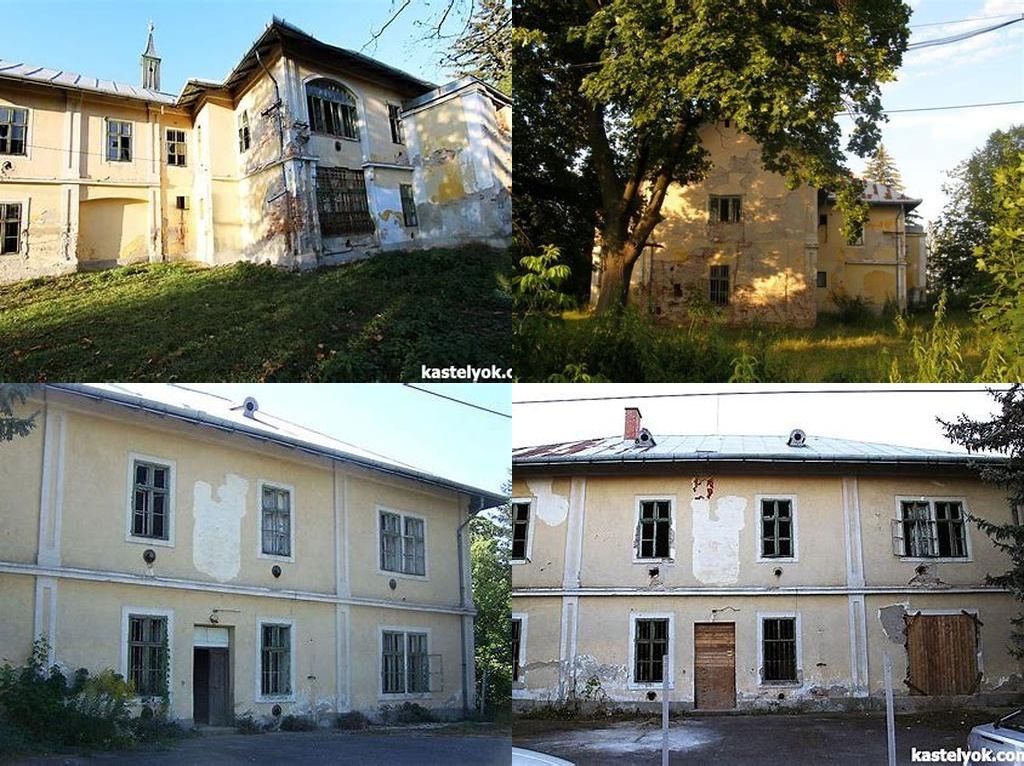
Erdődy-vadászkastély is one of those lesser-known treasures in northeastern Hungary that is as full of stories as it is of tranquil, rustic charm. Nestled within the peaceful village of Sajólád, this hunting castle looks like something that belongs both in a fairy tale, and on a history buff’s must-see list. For travelers keen on seeing Hungary beyond the energetic pulse of Budapest or the sunlit shores of Lake Balaton, this stately yet approachable building is an adventure that thrives not on grandeur, but on an intimate sense of place.
There’s something about Hungarian castles: each seems to quietly hoard its secrets among thick walls and creaky staircases. The Erdődy family – a noble lineage with roots stretched deep into the fabric of Central European history – began constructing this hunting castle in 1890. Unlike the grand baroque palaces you might find scattered through Western Europe, the Erdődy-vadászkastély was built for comfort over pomp. Step inside, and the first thing you’ll notice is the way sunlight filters through the tall windows, pooling on tiled floors and illuminating details from another time. Every architectural line seems to nod in respect to the practical requirements of a hunting lodge, but with just enough flair to remind visitors of its aristocratic origins.
You don’t need to be a history major to appreciate the castle’s distinctive blend of functional beauty. Its original purpose was clear: a retreat for noble hunting parties, guests arriving for autumn shoots or wintry banquets. The region itself—sprawling with forests and cuts of marshy land—was renowned for its wildlife during the late 19th century. Hunting was more than just sport; it was ritual, societal glue, and a demonstration of status. It’s not hard to imagine the echo of laughter, the crunch of boots on frosty grass, and the clink of glasses after a successful hunt reverberating through these halls. If you listen closely, they’re almost still there.
One of the quieter truths about Erdődy-vadászkastély is that it never stood still while time swept onwards. It survived tumultuous periods: after the dissolution of the Austro-Hungarian Empire, through both World Wars, it watched as borders shifted and regimes rose and fell. In the post-war period, the castle fell under the ownership of the state. Like so many Hungarian manors, it was repurposed several times—serving as a school, then a social institution. Every change left its mark: a faded sign here, a scorch from a long-ago stove there. Each scar is part of the castle’s story.
Today, the castle is still a work-in-progress, a living memory. It is not immaculately restored; instead, its gentle shabbiness only adds to its beauty. Visitors meander through rooms where old wood beams and creaky staircases remain. The sense of faded luxury, of something grand grown comfortably old, is hard to replicate. It is precisely this unaffected authenticity that draws people who prefer their history tangible—who like to touch walls, to ponder the lives that passed through here, and to feel for themselves how the world changes, layer by layer.
No trip to Sajólád is complete without a stroll through the castle grounds. These sprawling gardens, hemmed in by noble old trees and wild hedges, offer a rare sense of peace. In spring, wildflowers sprout along less-traveled paths, and the scent of fresh earth mingles with distant memories. Many visitors linger outdoors longer than planned, simply to breathe and let the calm percolate. It’s easy to imagine why the Erdődy family kept returning, year after year.
If you’re the kind of traveler who thrives on selfie-worthy sights and shiny brilliance, this isn’t your spot. But if you love the feeling of stumbling into history—of discovering a corner of Hungary that feels both distant from and deeply connected to the grand currents of European change—then Erdődy-vadászkastély in Sajólád is a place to linger. Here, time isn’t frozen, but woven into every inch of its walls, floors, and gardens, inviting you to take part in its ongoing story.





